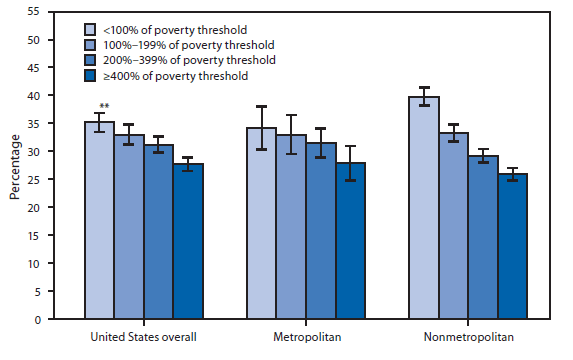 |
| Source |
I walked up to the front door. No wonder it was loud--the beagle was right outside my steps as if his intention was to wake me up.
It was a drama that lasted more than an hour, when finally the dog was reunited with his people.
It was one awful lesson on how the days get ruined when sleep is all messed up. The old age meant that it took me a couple more days to finally get back to my sleep routine.
I am one of the fortunate few, it seems. And I can afford to sleep as well; "The less you make, the likelier you are to sleep less than six hours a night"
 |
| "Percentage of Adults Who Average ≤6 Hours of Sleep" Source |
Scientists don't have a convincing theory, yet, on how exactly sleep plays a role in life, and what might be the average hours of sleep one might need. What I didn't know was this about "segmented sleep":
Perhaps the most surprising feature of early modern sleep, however, is that it was seldom taken in one long stretch. The forgotten practice of ‘segmented sleep’, memorably described by the historian A. Roger Ekirch in At Day’s Close: A History of Night-time (2005), meant that people generally slept at night in two equal intervals, spending up to two hours awake between their first and second slumber. In the long, dark winter months, when the labouring classes may have spent as many as 14 hours in bed, broken sleep was regarded as routine and natural and only disappeared in Europe with the advent of artificial lighting.As you can imagine, this was a practice far away from the equator. In the European realm, winter nights were long and artificial light was expensive.
The first sleep, regarded as the most indispensable and restorative, was followed by a period of ‘watching’, a state of quiet, dark and often prayerful meditation, before the second sleep led towards dawn.So, what did people do after that first sleep?
In the middle of the night people made love, stoked the fire or even caught up on household chores.Sounds like a practical idea to work during the short day, have a good sleep, and then wake up to make passionate love.
Couples who copulated "after the first sleep", wrote a 16th-century French doctor, "have more enjoyment, and do it better".Then, after the animal fire within was extinguished, tend to the fire, snack a tad, do some chores, and settle down for some serious nap before getting up with the rising sun.
Venner’s advice still rings true today: ‘If therefore ye desire peaceable and comfortable rest, live soberly, eschew crudity, and embrace tranquillity of minde.’Sounds good to me. But, wait, does this formula include all those activities in the middle of the night, after that first sleep? ;)
 |
| Source |
2 comments:
Stop blogging late in the night Khé. Get to bed at sunset, follow the segmented sleep routine (including the activities at the intermission !), and get out of bed at dawn.
By the way, shame on you for not inviting the beagle in, giving it a hug, feeding it with the brownie in the fridge, etc etc. He who stops to let a duckling cross the road, ought to do better with a poor homesick beagle :)
Ah, spoken just like a guy who has never had dogs.
1. Never feed a dog brownies and chocolate--to most dogs that will trigger stomach upset.
2. A stranger's dog in panic, however friendly it normally is, can easily turn around and bite even when the stranger approaches only to help.
So, I impatiently waited more than an hour for the neighbor, and meanwhile gave the beagle imported shortbread cookies to calm him down ;)
Happy now? Is this consistent with the image of the duckling-defender? ;)
Post a Comment